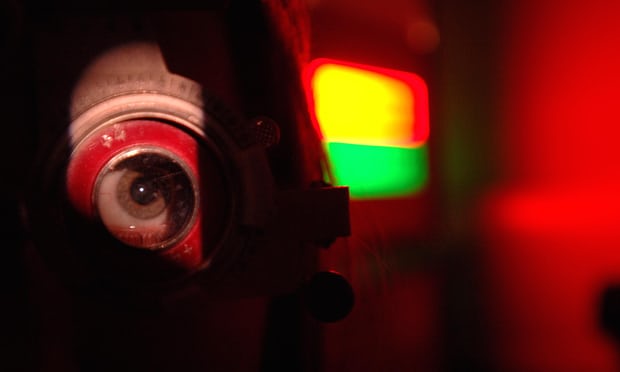Machine-learning system can identify more than 50 different eye diseases and could speed up diagnosis and treatment
A new machine-learning system is as good as the best human experts at detecting eye problems and referring patients for treatment, say scientists.
The groundbreaking artificial intelligence system, developed by the AI-outfit DeepMind with Moorfields eye hospital NHS foundation trust and University College London, was capable of correctly referring patients with more than 50 different eye diseases for further treatment with 94% accuracy, matching or beating world-leading eye specialists.
“The results of this pioneering research with DeepMind are very exciting and demonstrate the potential sight-saving impact AI could have for patients,” said Prof Sir Peng Tee Khaw, the director of the NIHR Biomedical Research Centre at Moorfields eye hospital and the UCL Institute of Ophthalmology.
The two-stage AI system takes a more human-like and intelligible approach to analysing the highly complex optical coherence tomography (OCT) scans of patient retinas. These are commonly used to triage patients with sight problems into four clinical categories: urgent, semi-urgent, routine and observation only.
Five separate machine-learning systems, trained using 877 clinical OCT scans, first create maps of the OCT scans. The five maps are then analysed by a second series of five machine-learning systems, trained on maps created from 14,884 OCT scans from 7,621 patients, which interpret the maps and each give a referral decision.
The referral decisions are combined into one result, with a confidence rating expressed as a percentage. The maps and any differing or ambiguous results can be shown visually to a clinician for their own interpretation and explanation of the referral result.
Most other AI-based systems essentially appear as a black box; data is fed in one end and the result is outputted from the other, with no way to check how the system came to its decision.
“The number of eye scans we’re performing is growing at a pace much faster than human experts are able to interpret them,” said Dr Pearse Keane, a consultant ophthalmologist at Moorfields eye hospital. “The AI technology we’re developing is designed to prioritise patients who need to be seen and treated urgently by a doctor or eye care professional. If we can diagnose and treat eye conditions early, it gives us the best chance of saving people’s sight.”
The two-stage approach also makes the systems more adaptable to different OCT machines, which produce images with differing characteristics. Only the mapping system would need to be retrained for different machines, leaving the existing referral system intact.
The next stage is to put the AI system through clinical trials and regulatory approval before it can be used in hospitals for patient referrals. If granted approval, the system will then be available for use across all of Moorfields’ sites for five years.
The researchers said the intelligible AI system could also be used to help train clinicians, and that Moorfields could use it for future non-commercial research efforts, as well as the de-identified dataset used to train it.
Experts said AI systems such as those created by the researchers had the potential to help clinicians treat more patients and make the NHS’s limited resources go further.
Robert Dufton, the chief executive at Moorfields Eye Charity, said: “The need for treatment for eye diseases is forecast to grow, in part because people are living longer, far beyond our ability to meet the demand using current practice.
“Artificial intelligence is showing the potential to transform the speed at which diseases can be diagnosed and treatments suggested, making the best use of the limited time of clinicians.”
The research is published in the journal Nature Medicine.
Source: The Guardian

































Leave a Comment
You must be logged in to post a comment.